We are more than happy to support you!
We are more than happy to support you!
Social Study Tours
In Japan, New Years is not about popping champagnes, midnight kisses, ball drops, and a foggy memory of the previous night. Instead, it is a relaxing time for families and friends to visit shrines, enjoy watching New Years TV specials, and huddle under the kotatsu.
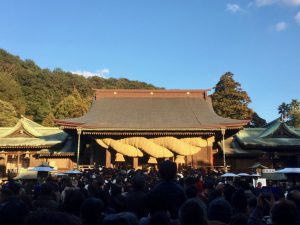
明けましておめでとうございます!(Akemashite omedetou gozaimasu) is what Japanese people say to family, friends, and colleagues when greeting them in the new year, adding 今年も宜しくお願いします(Kotoshi mo yoroshiku onegaishimasu). It means “Happy New Year” and “I look forward to continuing our relationship this year.”
Cultural Tip: If a member of someone’s family has passed away, traditionally, it is not appropriate to send them a New Years card or say “Akeashite Omodetou” as the family is mourning.
Otherwise, it is standard to say after the clock strikes 12:00, but not before the new year! At the end of the year, people say, よいお年を (Yoi otoshi wo) when seeing someone for the last time before the new year, meaning “Have a great new year.” 良い (yoi) means “good” and the お年 means “year.”
This year, our staff spent Japan’s most important holiday in Fukuoka, Kyushu! It was no ordinary New Years, but one spent helping out in a Buddhist temple.
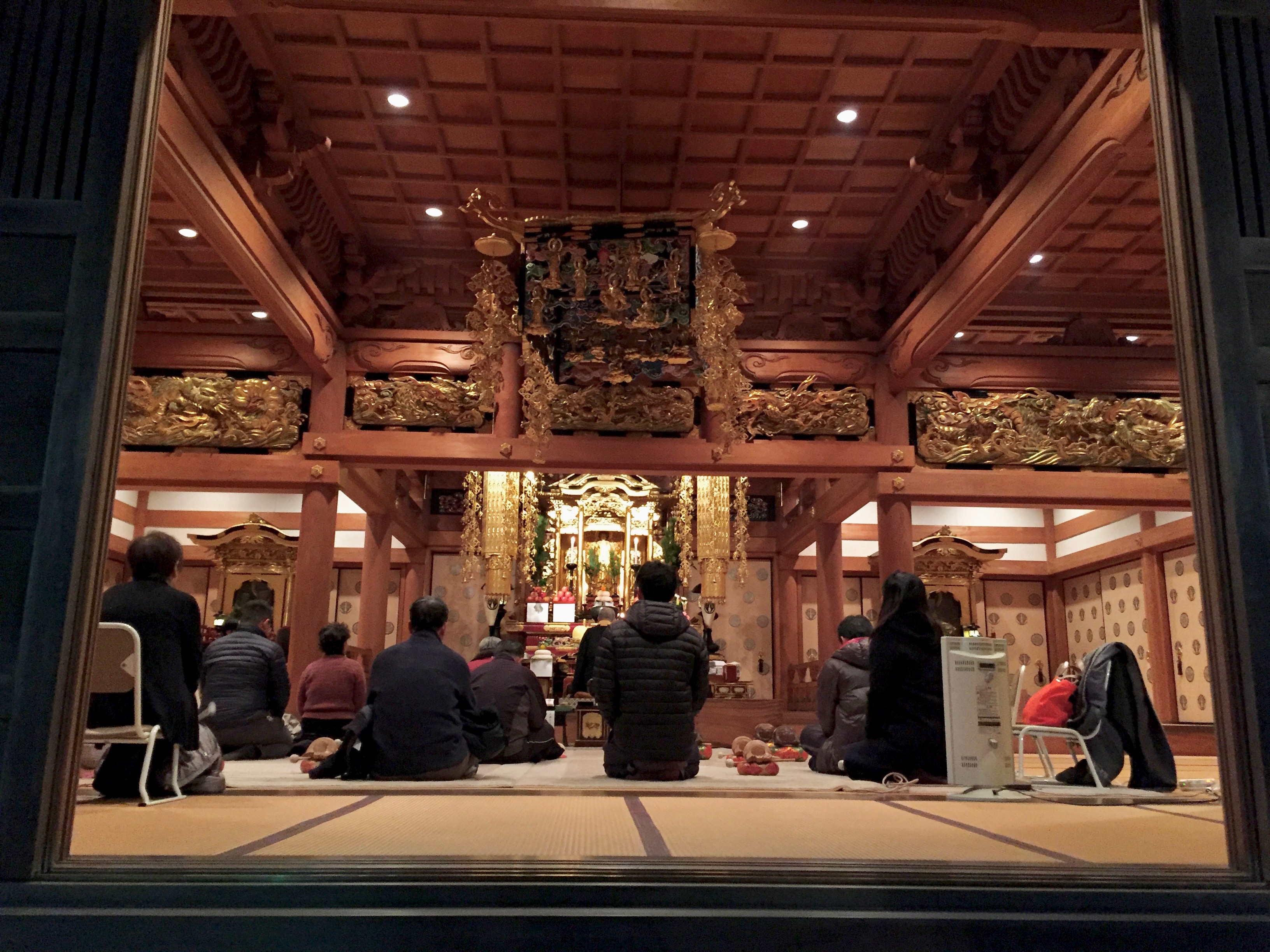
On New Year’s Eve, people eat 年越しそば (Toshikoshi soba), meaning “year-crossing buckwheat noodles” that represent hope for a long-lasting life. It is usually served at temples, where many people come to line up and ring a large bell, rung a total of 108 times. The number 108 represents the worldy sins and it is believed that ringing the bell will rid those sins of the past year.
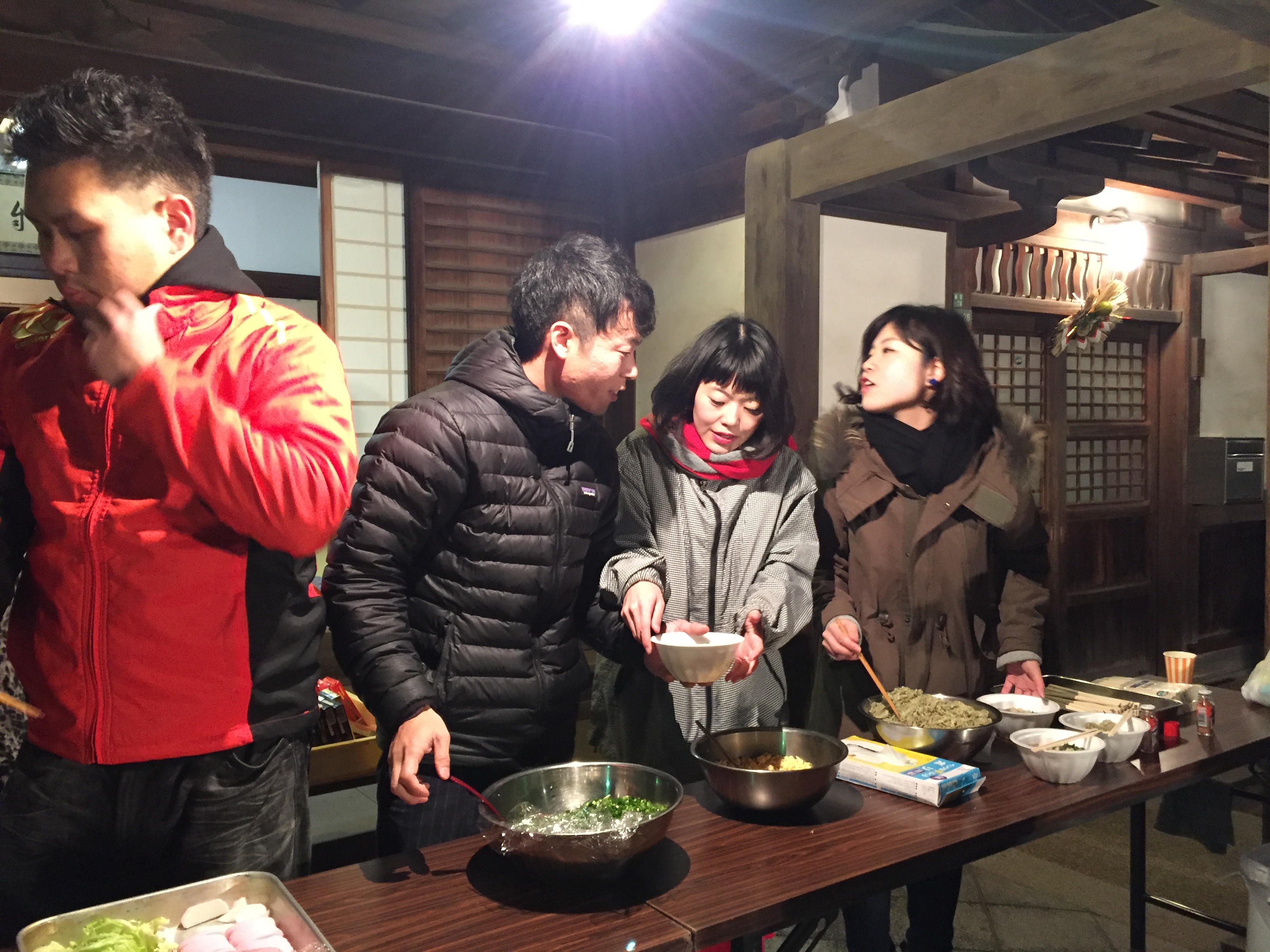
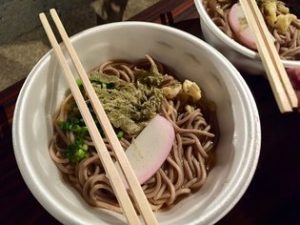
As midnight approached and all were warmed up and full with soba, countdown commenced and party poppers danced in the night sky.
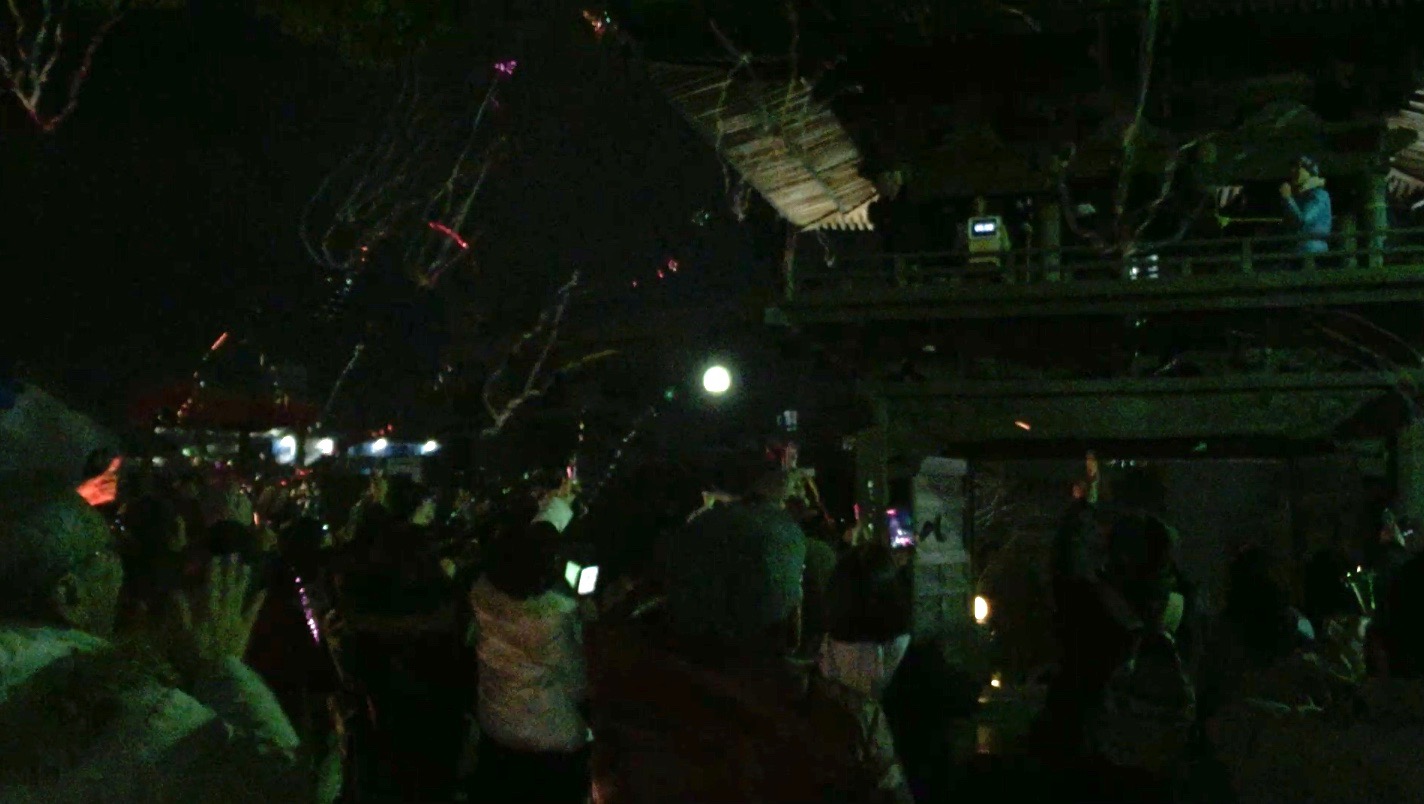
Most people will go to their local shrine to do “hatsumode,” the first visit of the year to the Shinto shrine. There, you will see locals praying, warming up around the bonfire, buying a fortune from the stand, and having some sweet sake or pork soup. Usually very late into the night and sometimes until dawn, families and friends are chatting and enjoying good company to kick off the New Year.
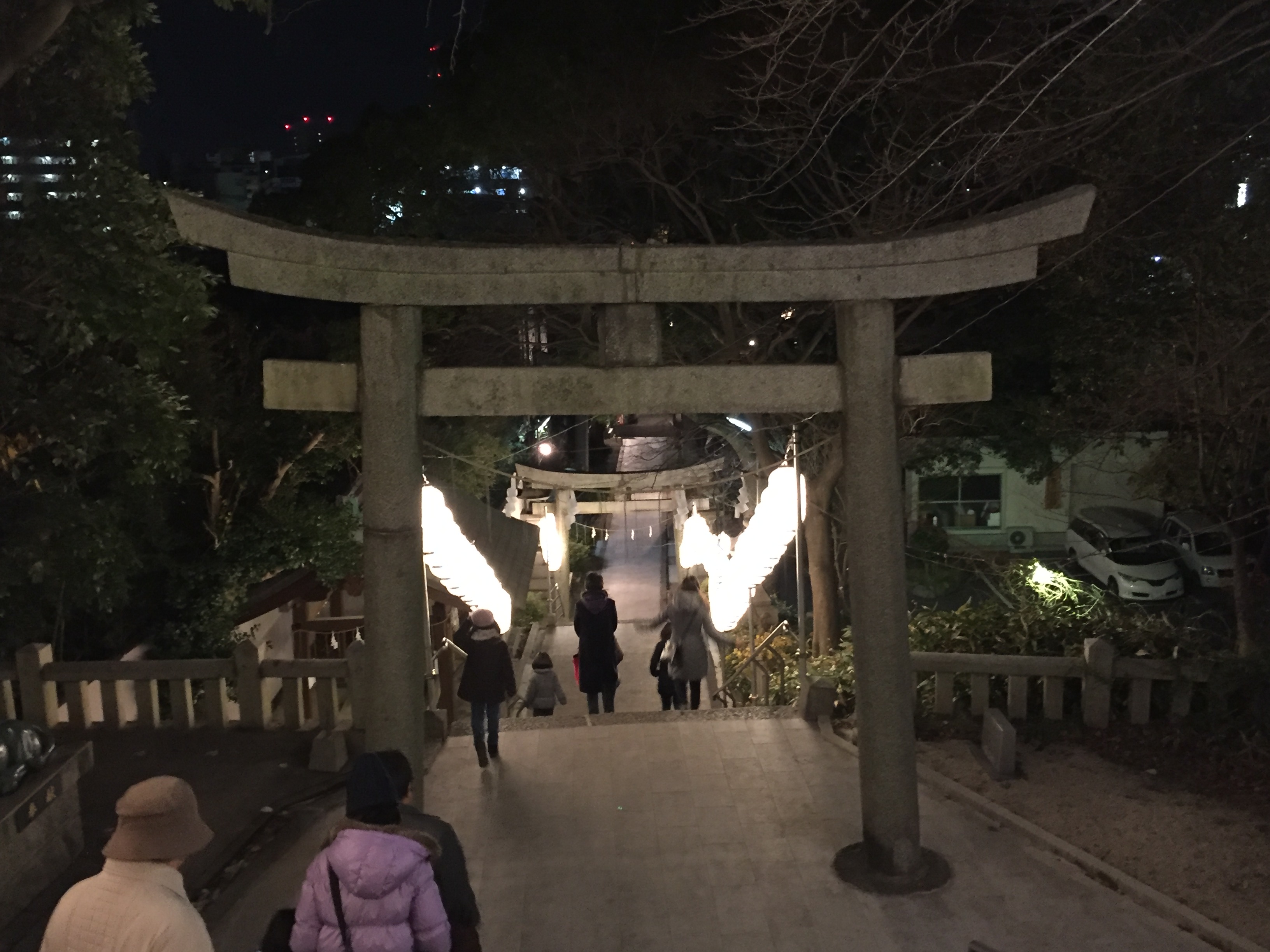
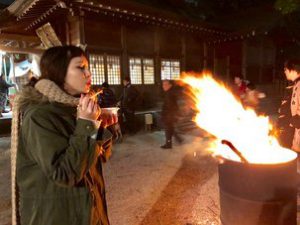
New Years Day is a relaxing time spent with family eating osechi, the traditional New Years food assortment that symbolizes prosperity, luck, and happiness in the coming year. Ozoni is a mochi soup also enjoyed on New Years Day, but if you are at a temple, you’ll be lucky enough to help make it!
Ozoni has different tastes depending on the region. Kyushu ozoni commonly features a white-miso base but this year’s was particularly special. One of the members of the family got married and it is a Kyushu custom for the husband to bring a large fish to his wife’s family for New Years. We enjoyed this year’s ozoni featuring yellowtail, it was delicious!
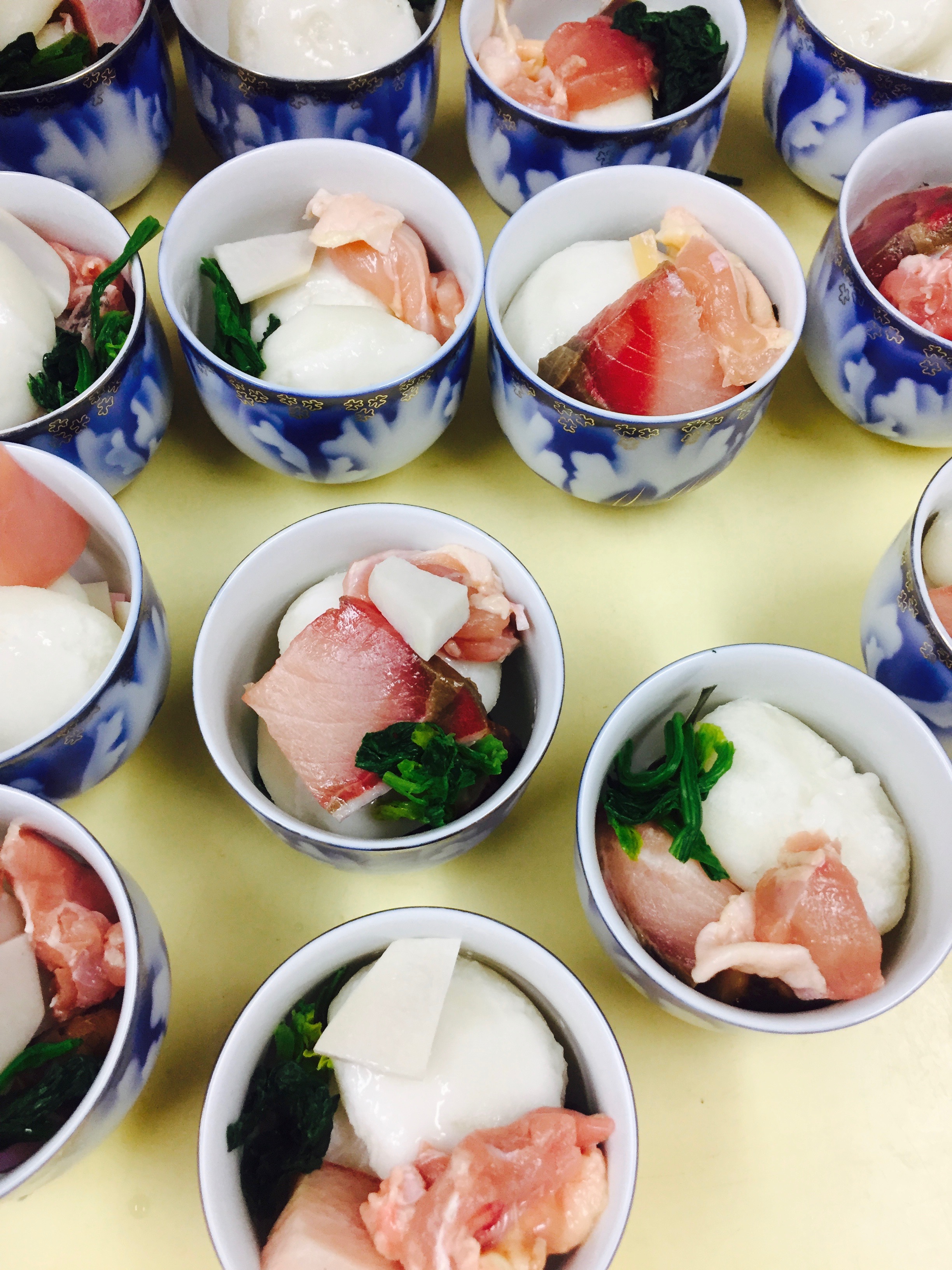
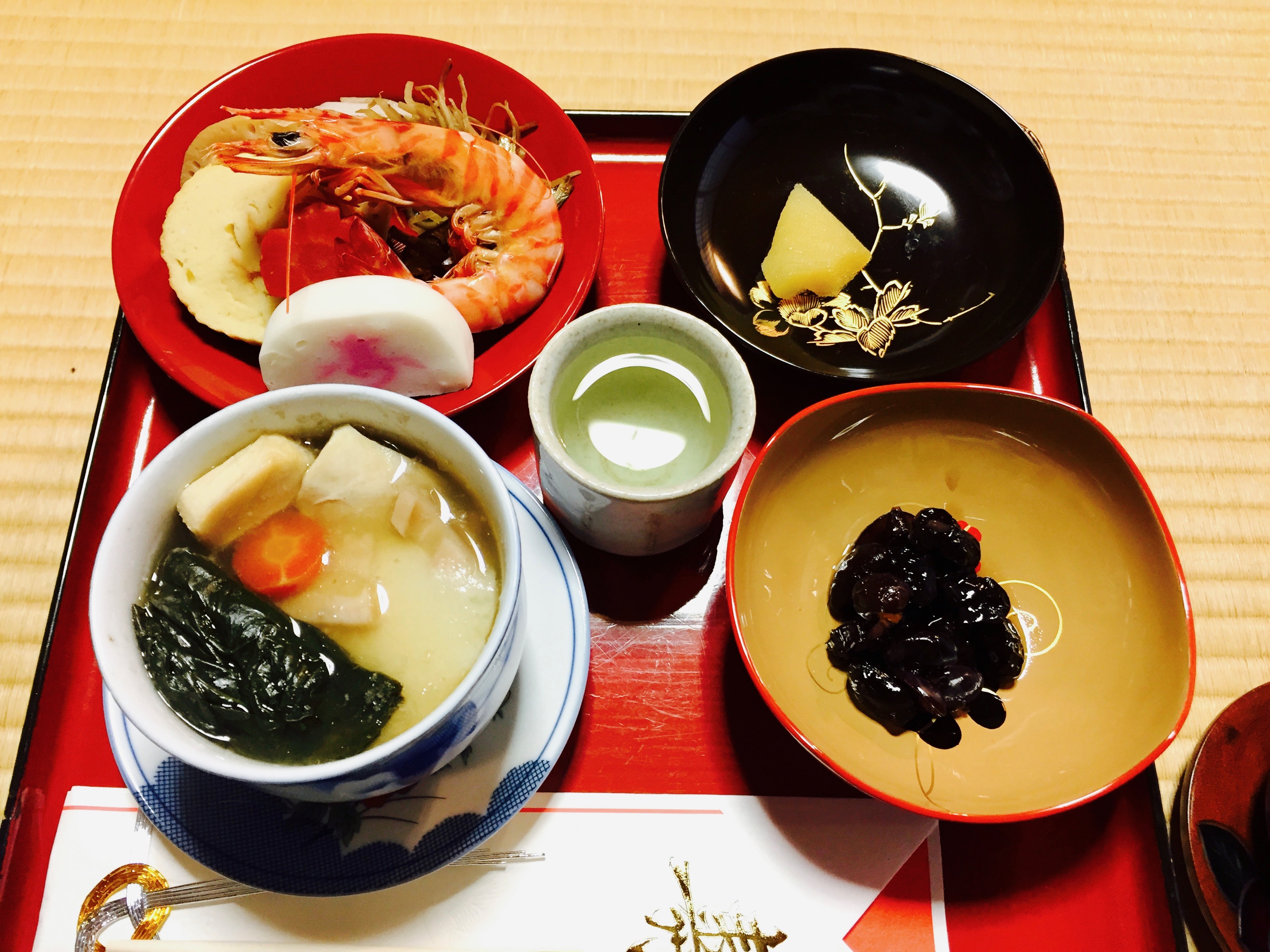
It is not as common these days, but some families will drink otoso, a medicinal spiced sake, usually served by the youngest family member. Three cups of different sizes are stacked on top of one another as each member of the family takes turns and chooses their desired cup. The person serving will drink last and will have otoso served by a different member.
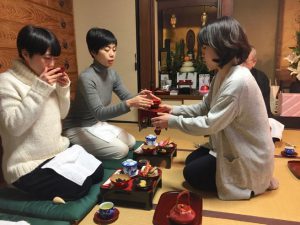
After the cleanup and relaxing time over snacks and drink with family, we visited Fukuoka’s most famous shrine, Miyajidake Jinja. Be prepared to see a long wait and large crowds at the shrine on the first few days of the new year of the people who are there to do “omairi,”the act of praying at a shrine.
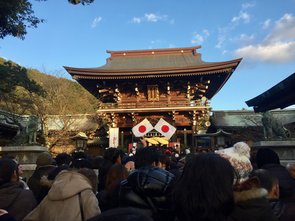
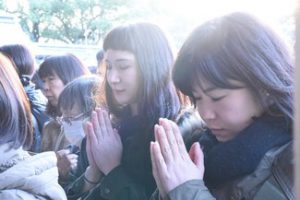
Some larger shrines hold a 3-4 day festival with food stands, performances, and handcrafted goods for families, friends, and couples to enjoy.
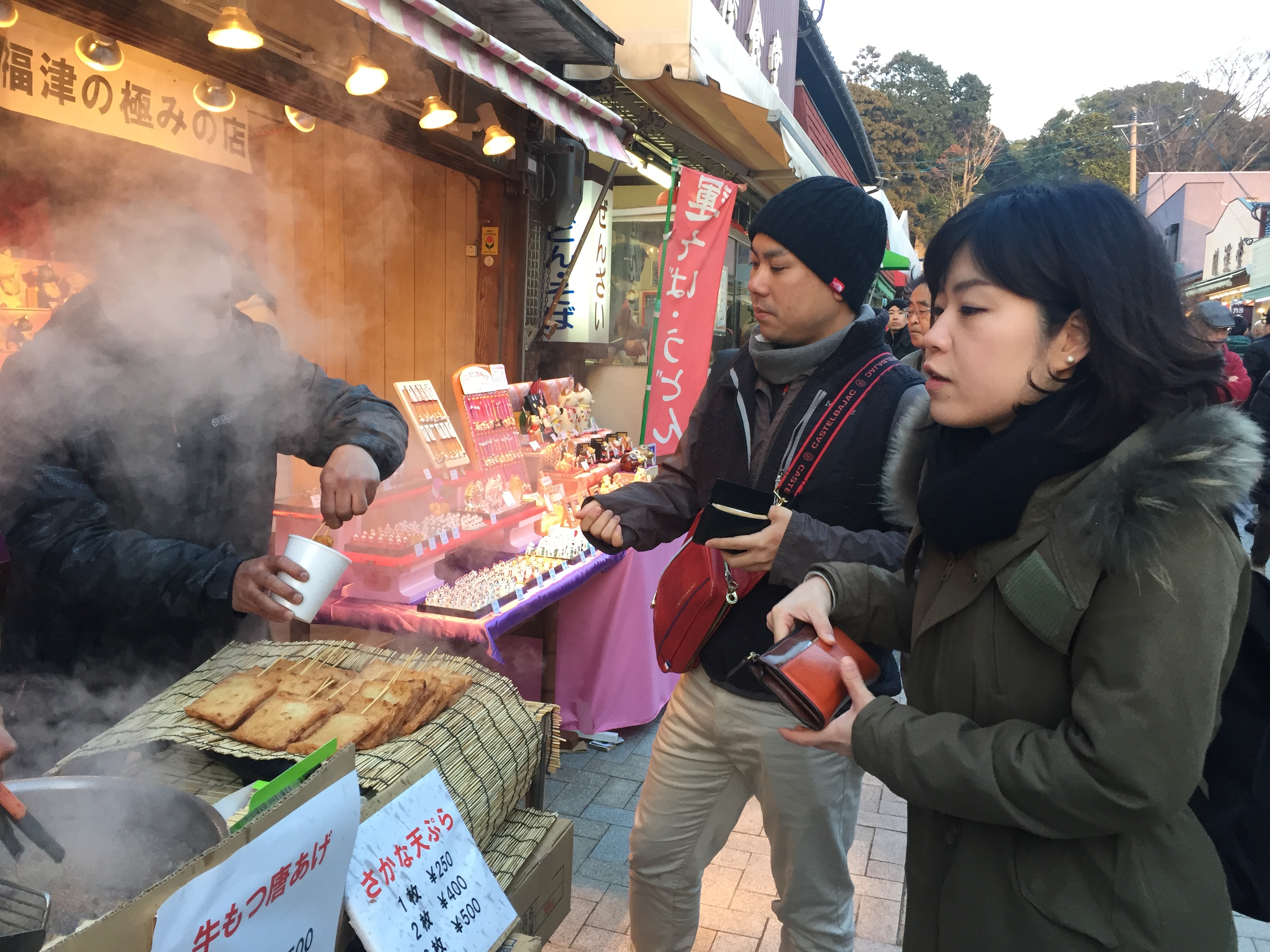
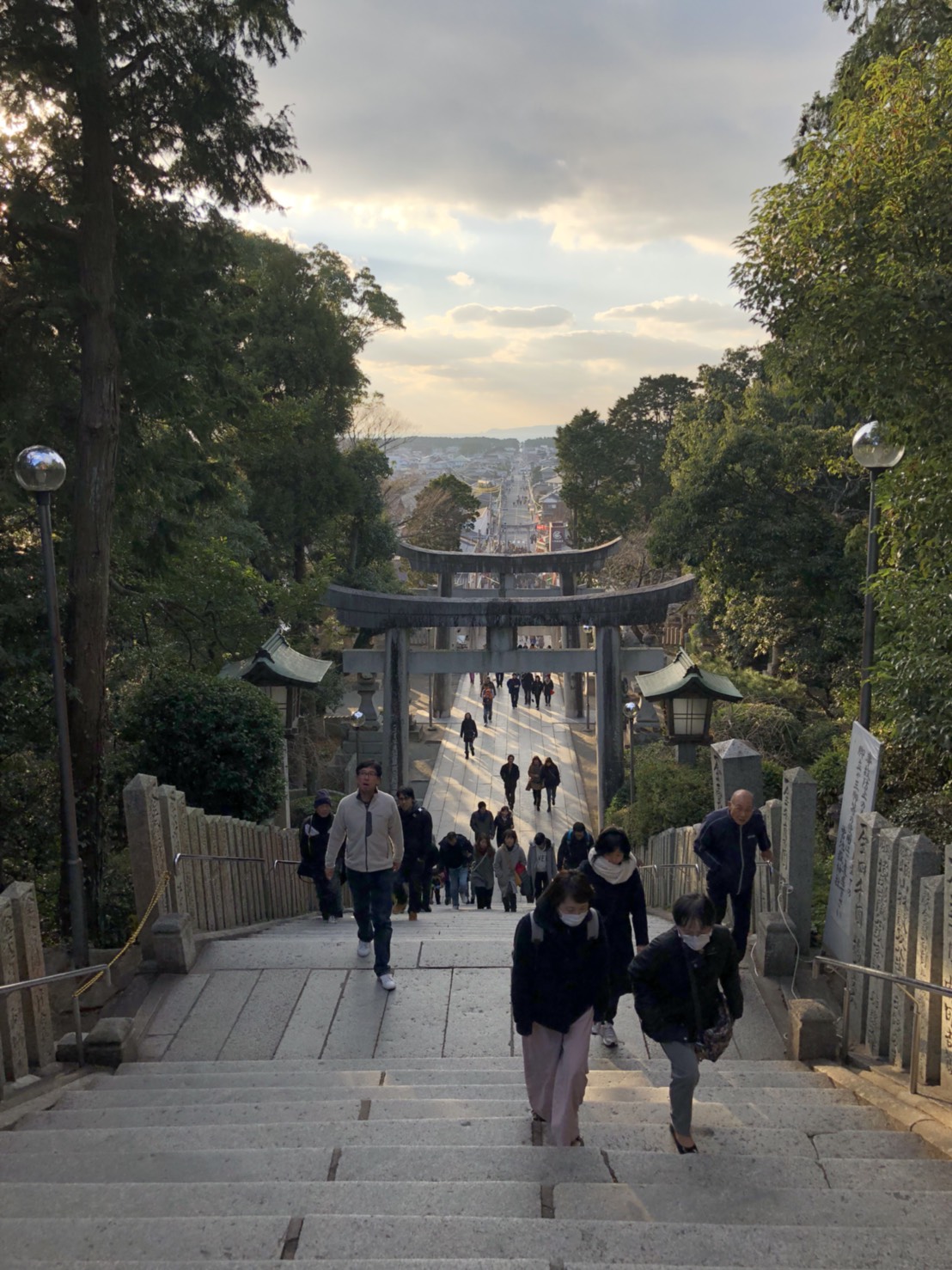
Before going back home to Tokyo, we couldn’t leave Fukuoka without eating the famous tonkotsu ramen! It was a perfect end to the beginning of the year.
Insta: @tokyotulip
Airbnb: Norie’s Page
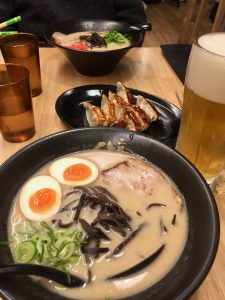
Follow us for more tips, trips, and living accomodations below!
Insta: @tokyotulip
Web site: www.tulip-e.com/en/


We offer lovely share houses for women all throughout Tokyo.